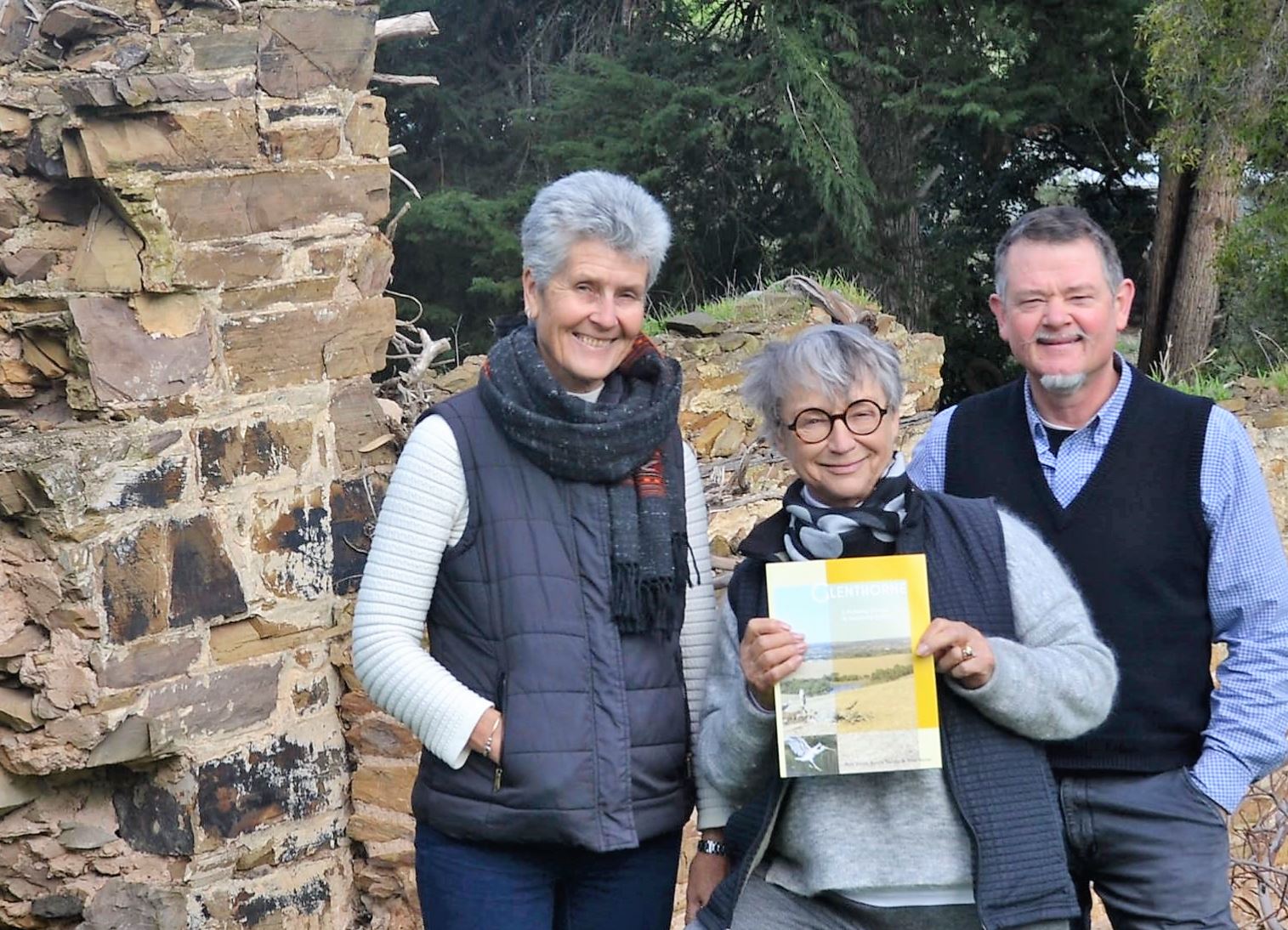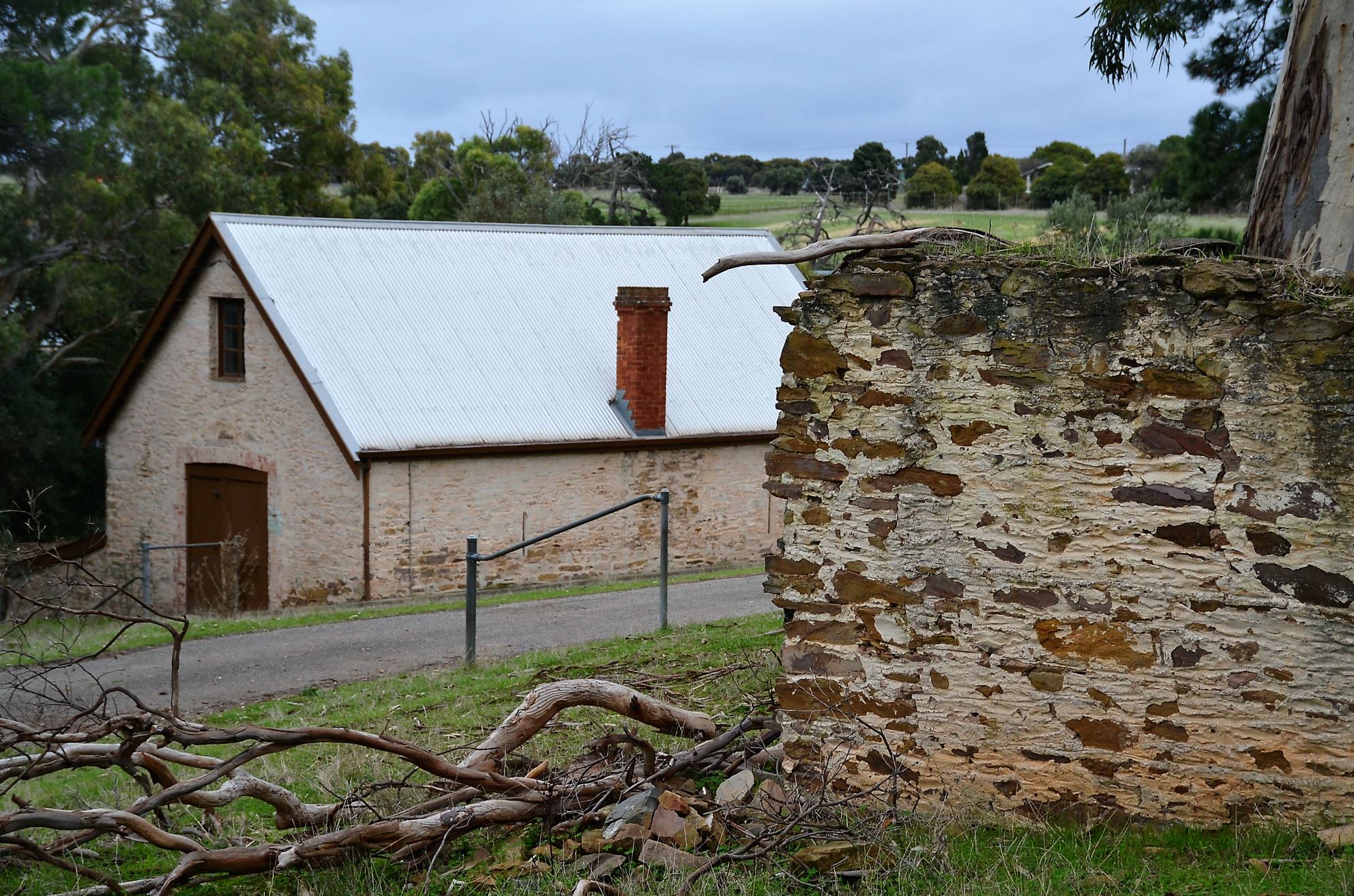
The opening of Adelaide’s second national park in the metropolitan area, Glenthorne, is a coup for South Australians – along with SA’s history.
Flinders University archaeologists Dr Pam Smith and Dr Keryn Walshe have worked extensively with heritage authorities and community group Friends of Glenthorne to record the past, present and future of the historic spread of land south of Adelaide.
“In fact, it seems the old carriage house there (now in ruins on the 208ha Glenthorne property at O’Halloran Hill), may well be among the oldest extant colonial buildings erected in the new colony of South Australia,” says Flinders cultural heritage researcher Dr Smith, from the College of Humanities, Arts and Social Sciences.
The State Government this year announced the creation of the Glenthorne National Park, which adds more than 1,500ha to the recreational and conservation open space for Adelaide residents and wildlife.
“We estimate up to 90 bird species inhabit the Glenthorne area, and revegetation efforts will increasingly repair overgrazed and degraded areas,” says adjunct senior research fellow Dr Smith.
The history book Glenthorne: A Defining History and Indefinite Politics, by Dr Smith, Dr Walshe and Mr Alan Burns from the Friends of Glenthorne, was launched recently by the Minister for Environment and Water, the Hon Mr David Speirs.

Highlights of the book, which involves 16 years of research, builds on the excavation of Glenthorne House during the Flinders University ARC-funded Adelaide Hills Face Zone Cultural Heritage Project (2001-2005).
The book includes previously unpublished accounts of Glenthorne’s rich history, commencing with the tracks trod by Kaurna people who passed through the valley linking the Marion hills, the plains to the north and peninsula to the south.
Formerly known as Lizard Lodge, Glenthorne is notable for its association with noted colonial identity Major Thomas O’Halloran, SA’s first police commissioner and first Brighton Council chairman.
“We are now working with the State Government in anticipation that the property of the Glenthorne Farm originally selected by Major O’Halloran in London in 1838 will be declared a State Heritage Area,” Dr Smith says.
The site was later used to train thousands of horses sent to the Middle East during World War One and then became the CSIRO’s field station between 1947 and 1996.
As well as the environment and the property’s current heritage status, the book also explores the past two decades of political dissembling over creation of the park.
“The book was written with passion and commitment to the future – a future with the 208 hectare Glenthorne Farm at O’Halloran Hill preserved as open space for future generations,” Dr Walshe adds.
The new national park – which is bigger than Adelaide’s first metro recreational Belair National Park – includes Glenthorne Farm, O’Halloran Hill Recreation Park, Marino Conservation Park, Hallett Cove Conservation Park, Happy Valley Reservoir and the Field River valley.

